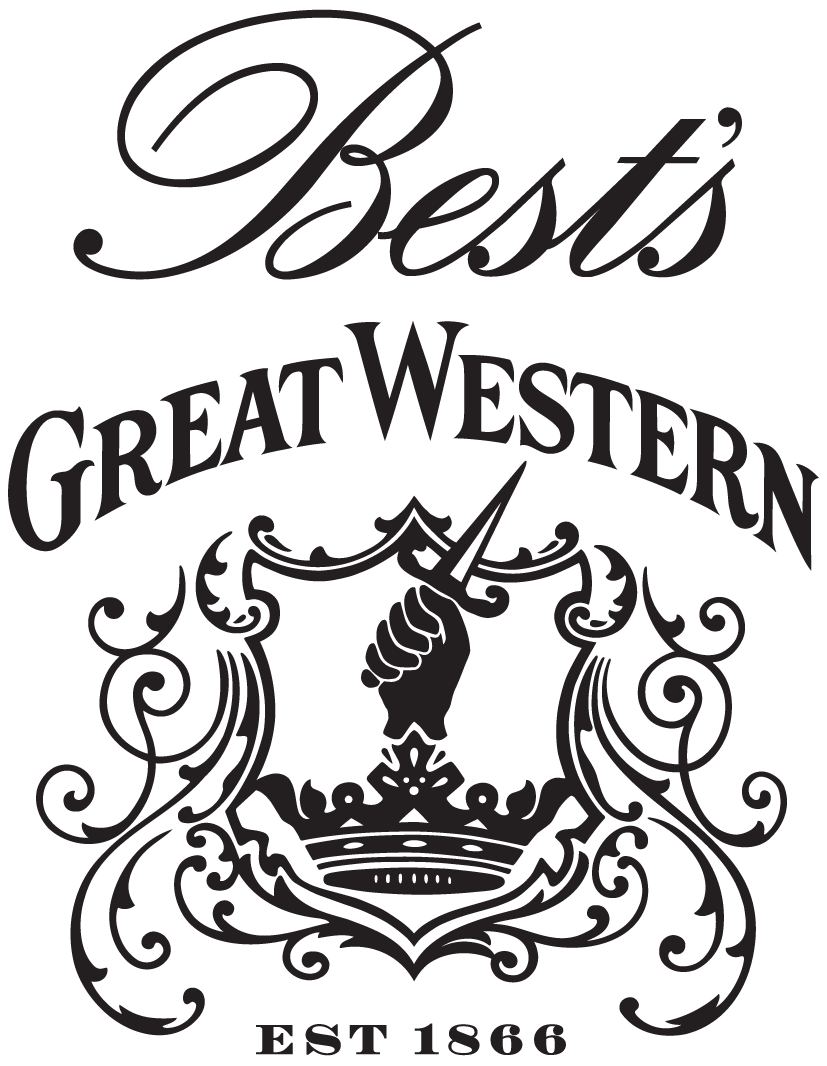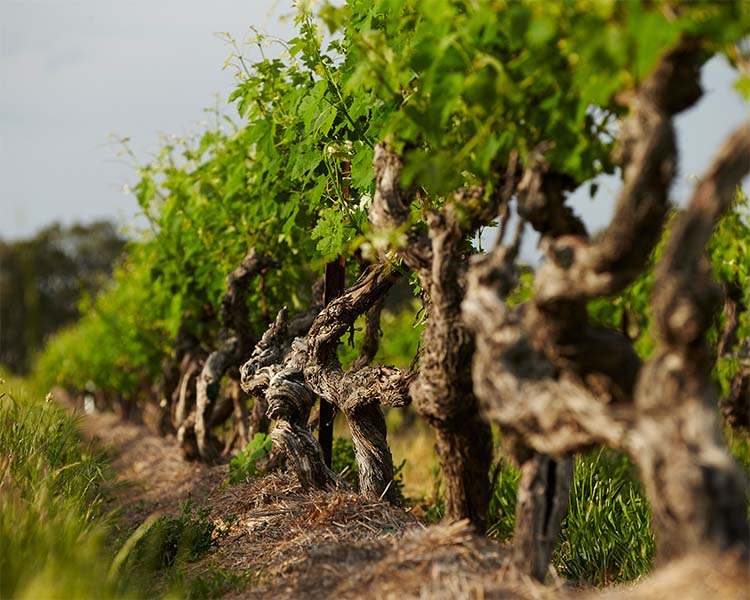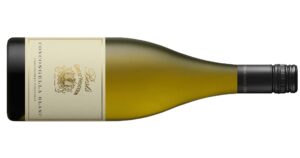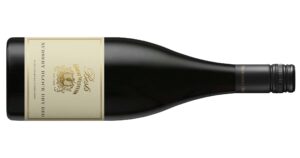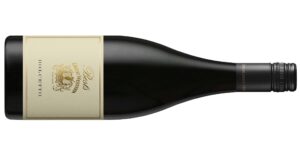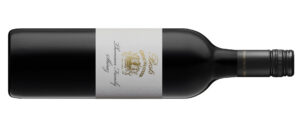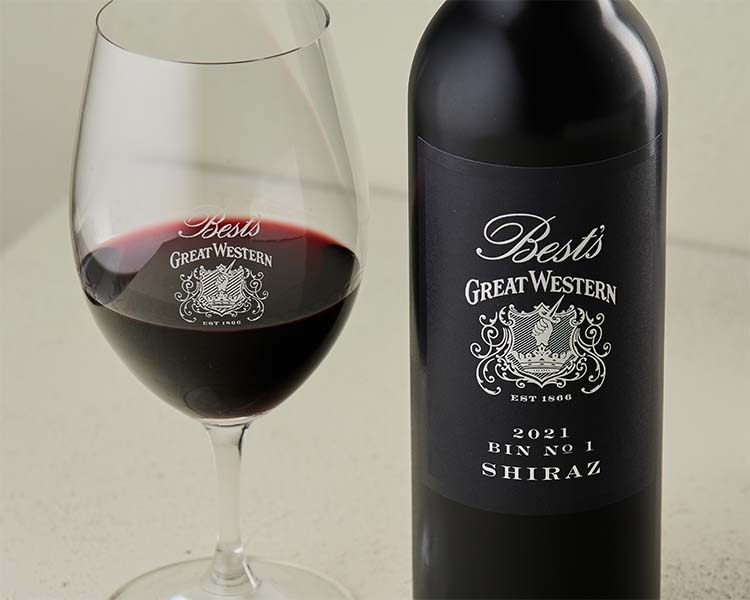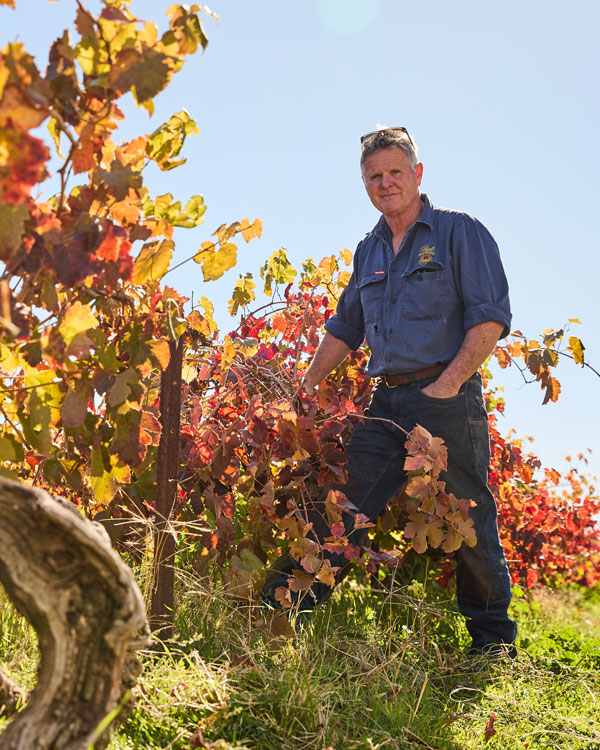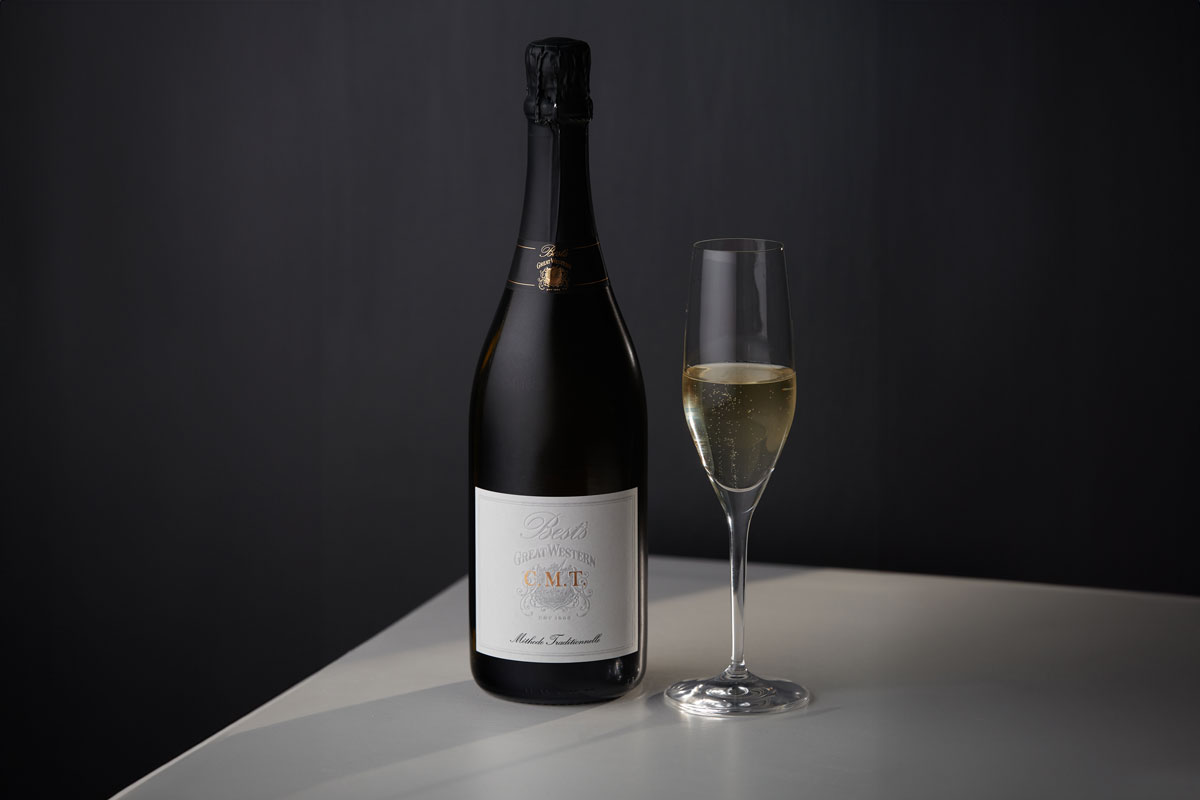Old Grape Vines: Why do they produce such special wines?
You’ve probably heard winemakers rave about old vines. But why all the fuss? As grapevines age, they yield less fruit, but what they produce is pure magic – intensely concentrated and of exceptional quality. The result? Smaller quantities, but wine that’s truly liquid gold!
In the late 1800s, a bug called phylloxera (which attacks grape roots) wiped out many of France’s vineyards, including countless old vines. Fortunately, cuttings were sent to places like Australia, where wineries like Best’s Great Western are now home to some of the world’s oldest Dolcetto, Pinot Noir, Pinot Meunier, and Shiraz vines. The wines from these historic vineyards are rich with beautifully concentrated flavours – a taste of history in every sip. Let us explain everything you need to know about old vines and why they make such a distinctive wine.
What is considered an old vine?
With no universally accepted definition of old vines, there’s inconsistency in what constitutes an old vine across the world. Grapevines can live more than 125 years, but in many New World regions, the viticultural history is still relatively young, meaning some of the original plantings are only now reaching maturity.
In South Africa, the Old Vine Project certifies vineyards that are 35 years and older. In the Barossa Valley, Australia, an Old Vine Charter was introduced in 2009 to classify some of the region’s historic vineyards. The charter aims to recognise, preserve and celebrate the region’s old vineyards. Starting with vines that are 35 years old, the classification has several tiers, including vineyards with over 125 years of age, known as Ancestor Vines. While the charter is specific to the Barossa, its a good reference point for all of Australia’s old vines.
Do older vines make better wine?
Old vines don’t automatically produce better wines than young wines- there are plenty of other factors involved, including climate, region and winemaking techniques. But when everything else is right, old vines can produce wines of great finesse, depth and balance. So, vine age can be an indicator of potential quality.
Old vine often originate from exceptional sites that have enabled them to continue growing and aging. Depending on where they’re planted, they may develop deeper, more extensive root systems, allowing them to access more complex soils and micronutrients, as well as develop stronger resistance to vintage challenges like drought stress and flooding rains. Old vines have less vigour, meaning they grow fewer leaves and shoots, and the ratio of foliage to fruit is likely to be better balanced.
Many claim the fruit from older vines has the potential to create wines with deeper flavours and more nuance than grapes from younger, more productive vines. Dr. Dylan Grigg, recent recipient of the 2025 McWilliams Wines Excellence award (acknowledged for his work with old vines), found that “in the Barossa Valley, older vines had more fruit in some cases. These vines, which were producing quality fruit past the 20- or even 30-year mark, had likely been carefully looked after, were well – selected, and had been planted in a suitable location. All of this helped the vines’ ability to weather stress and changes in their surroundings.”
To help raise awareness of these precious old vines, Old Vine Day (held annually on August 1st) was established in 2022 by the Old Vine Project. This is now an annual event celebrated by the industry and wine lovers worldwide. There’s also the Old Vine Conference, which aims to raise awareness about these special old sites.
Are Old Vines Better than New Vines?
Not necessarily – several factors are involved. However, many of these old sites have been nurtured extensively over the years and, with tiny yields, develop an incredible concentration of flavours.
Australia’s Old Grape Vines
While Europe was originally home to many of the world’s oldest vines, the phylloxera outbreak in the 1800s decimated many of these vineyards. This means that the cuttings sent to Australia are now among some of the oldest in the world. We’re proud that many fellow members of Australia’s First Families of Wine are custodians of these historic vineyards, continuing to nurture them and produce small parcels of wine from this precious fruit.
The story of Australia’s old vines is really a tale of survival and serendipity. When European settlers brought vine cuttings to the new colonies in the 1840s and 1850s, they unknowingly created a genetic ark that would preserve pre-phylloxera material for future generations. Today, these ancient survivors represent some of the most valuable viticultural collections on earth.
- The Barossa Valley’s Old Vines
In the Barossa Valley many vines date back to the 1840s, with brands proudly continuing to produce old vine wines. Barossa is home to some of the oldest surviving wine grape vineyards in the world, with one gnarly old cluster believed to date back to 1843. The region’s old vine story is epitomised by Langmeil Winery’s Freedom Vineyard, where Shiraz vines dating back to 1843 are among the oldest continuously producing Shiraz vines in the world. These weathered vines, planted by pioneer Christian Auricht, continue to produce fruit that forms the backbone of Langmeil’s ‘The Freedom 1843’ Barossa Valley Shiraz.
Other notable Barossa producers maintaining this heritage include Henschke, whose ‘Mount Edelstone’ Eden Valley Shiraz and legendary ‘Hill of Grace’ Eden Valley Shiraz come from Ancestor Vines that have witnessed more than a century of Australian winemaking history. Elderton’s “Command Shiraz’, Chateau Tanunda’s ‘The Chateau’ Barossa Shiraz, and Bethany’s LE Shiraz all draw from these irreplaceable old vine resources that define the region’s character.
The Barossa Old Vine Charter now safeguards these rare plantings, with one grower noting their old vineyard “planted by the Graetz family in 1848 is the oldest continuously producing Grenache vineyard in the world.”
- South Australia’s Old Vines
You’ll also find many old Grenache vines throughout South Australia, particularly in McLaren Vale, with producers like Yangarra crafting their Old Vine Grenache from some of McLaren Vale’s most treasured blocks. Cirillo Estate, d’Arenberg and Oliver’s Taranga are also home to many old Grenache vineyards. Kalleske continues as a multi- generational custodian of ancient Grenache plantings.
- The Hunter Valley’s Old Vines
The Hunter Valley is Australia’s oldest wine region, the birthplace of Australian commercial winemaking, where pioneers like James Busby first established the viticultural traditions that would spread across the continent. Fellow AFFW member, Tyrrell’s Wines, (established 1858), stands as perhaps the most significant guardian of this heritage, their Stevens Vineyard represents generations of careful stewardship, while many of the Mount Pleasant (formerly McWilliam’s) vineyards also maintain some of the region’s most historically significant plantings that continue to produce wines of exceptional character and longevity.
- Victoria’s Old Vines
Here in Victoria, the story takes on a different character but equal importance. Tahbilk is the oldest family-owned winery and vineyard in Victoria, purchased by the Purbrick family in 1925, but its viticultural roots stretch back to 1860s. The estate maintains some of the world’s oldest Shiraz vines in their 1860 block, along with Marsanne plantings that represent the oldest of their kind globally, producing wines designed to cellar for decades.
Our home of Great Western began its award winning journey in the late 1860s, with Seppelt and Best’s Great Western among the region’s pioneering establishments. Our local vineyards preserve not just Shiraz heritage, but also some of the world’s oldest Pinot Noir, Pinot Meunier, and Dolcetto vines- varieties that showcase the remarkable diversity of Australia’s viticultural preservation efforts.
Rutherglen also has several older vineyard sites, with brands like Morris and Chambers producing wonderful, fortified wines.
What makes these Australian old vine sites truly special is not just their age, but their genetic significance. They represent living libraries of pre- phylloxera material that survived when their European counterparts perished. Each vintage from these ancient vines offers a direct connection to the earliest days of Australian winemaking, when pioneering families planted cuttings with hope and determination, never knowing they were creating treasures that would become among the world’s most precious viticultural resources.
You can learn more about some of Australia’s old vines and the stories behind them in the award – winning book The Australian Ark by Andrew Caillard MW.
Best’s Great Western Old Vines
Best’s is the proud custodian of some of the oldest Pinot Meunier, Pinot Noir, Shiraz and Dolcetto vines in the world. Planted by Henry Best back in 1868, there are particular vineyard sites that continue to be a living library of Australian viticulture – notable vineyard resources.
- Best’s Nursery Block
Originally planted in 1866, Best’s Nursery Block contains 39 different varietals, some of which remain unidentified to this day.
- Thomson Family Shiraz Block
These 15 rows of gnarly old Shiraz vines go into our Thomson Family Shiraz. Planted in 1868 by Henry Best, they were recorded as “Hermitage” in his journal. They’re now known by the CSIRO as the ” Concongella clone” or ” Best’s Old Block clone” and serve as the mother vines for almost all of Best’s Shiraz plantings at Great Western.
- Old Vine Pinot Noir Block
A small block right near the Thomson Family Shiraz vineyard
- Old Vine Pinot Meunier Vines
Often known as the pigsty block, named after the pigsty that used to be nearby, these old Pinot Meunier vines have a long history intertwined with that of Pinot Noir.
Some of these older plantings contained vines that we have long referred to as Miller’s Burgundy. This particular vineyard has a distinctive leaf- one that’s furry and somewhat resembles a Lamb’s Ear plant. The leaf looks like it was dusted with flour, hence the name Miller (meaning “Meunier’ in France). Nowadays, the odd old vine is a rare anomaly, where the vine literally splits in two, with half the plant having one smooth leaf, and the rest the other, which is furry- a combination of the Meunier and Noir. Fifth Generation Ben Thomson notes,” It clearly just wants to be known as Pinot.”
- Old Vine Dolcetto Block
We originally thought this block was Malbec, but in 1982 further genomic testing found this old block to be Dolcetto. You can read more about the story behind this discovery here: Dolcetto, the mystery of our Malbeck.
Keen to try some of our wines made from old vines? Here are some options to explore:
- Concongella Blanc
This wine contains all 18 white varietals, planted in the Nursery Block. A full-bodied wines with pronounced flavour intensity of spiced pear, green apple, coupled with apricot and white stone fruit.
- Nursery Block Dry Red
This wine is made from numerous red varieties, including those recorded by Henry Best as Black Prince, Bad Bearer, Rough Leaf, Grand Turk and the underrated Pinot Dru. This wine is not made every year. Taste a sip of history in a bottle.
- Dolcetto
Translated from Italian to mean “sweet little one,” Dolcetto originally came from Piedmont in northwest Italy. We have no idea why Henry Best decided to plant 25% of the original 1868 plantings to Dolcetto, but we now reap the rewards of his wisdom! These old vines are particularly flavoursome, with the wine showing juicy black cherry flavours with fine powdery tannins and a savoury finish. Delicious!
- Old Vine Pinot Meunier
Made from the old 1868 Pinot Meunier plantings, this wine has been made at Best’s as a single varietal wine since 1967. An iconic wine, often highly sought after.
- Thomson Family Shiraz
The Thomson Family Shiraz was first released with the 1992 vintage, named “Centenary Shiraz” to celebrate 100 years of the Thomson family being custodians of Best’s. It represents five generations of the Thomson family’s commitment to this special vineyard site. It’s a sentimental wine, made from some of the oldest living Shiraz vines in the world. The Thomson Family Shiraz represents exceptional value for a wine of its kind.
Alternatively, visit our Great Western Cellar Door and sample our collection for your self. Look out at our historic Nursery Block while you taste through the wines.
Keen to learn more about these historic old Best’s vineyards? Have a read of some of the other feature stories:
- The World’s Oldest Pinot Noir Vines
- The History of Winemaking in Great Western
- The Little Known Grapes in our Nursery Block
